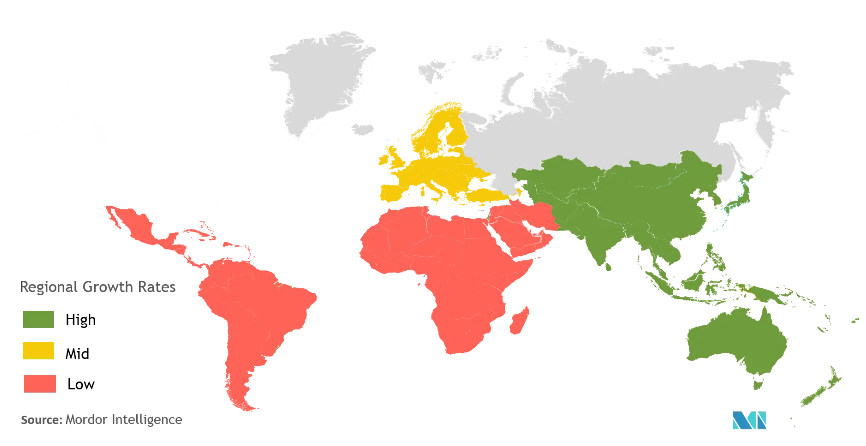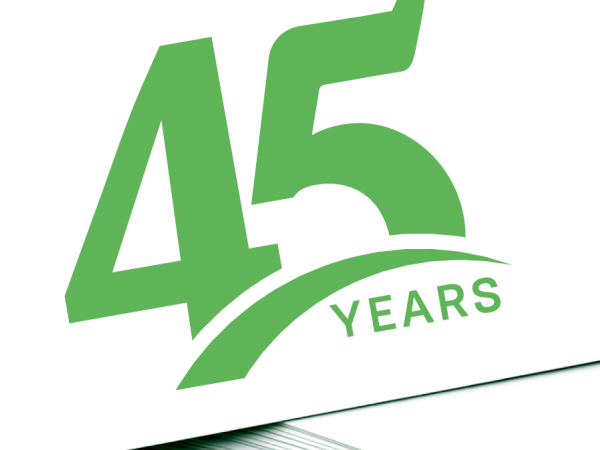Why 2022 will crown digital inkjet as the future of book printing
As the outlook for the book manufacturing market remains buoyant, one growing trend is a shift to digital inkjet printing – a printing technology that combines the responsiveness and adaptability of digital printing with the straight-to-paper immediacy of inkjet.

As digital printing technology continues to progress, the rewards in quality, speed, flexibility and cost of digital inkjet printing are becoming more enticing for publishers.
According to research from Mordor Intelligence, digital book printing is growing by 6.45% a year. That's why Thomas Poetz, associate consultant at print and paper industry experts Smithers Pira, predicts that inkjet printing will surpass litho printing by 2026.
Digital printing market- Growth rate by region 2020-2025

The advantages of flexibility
With the industry moving towards more self- or independent- publishing, as well as print-on-demand, inkjet allows for greater flexibility. Traditional offset printing encourages larger print runs because unit costs decline as the number of copies increases. With inkjet, publishers can cut back on initial print runs – meaning that publishers don’t have to have extra cash tied up in warehousing and shipping costs. And that money can be used for marketing or new acquisitions.
“Instead of doing one run of 1,000, [a publisher] might do three 300 runs through the course of the year, moving to more of a stock replenishment model.”
With digital, publishers don’t have to guess the size of a print run, risking shortfall or wastage, and can be responsive to demand – printing books only when orders are received. It’s also a boon to back catalogues, which can be more economically printed (meaning that no book need technically be out of print as long as someone wants it). In 2020, backlist accounted for 67% of all print books purchased (an increase of 63% from the year before). Updated content for reprints, differentiated versions (eg by language or region) and even personalised reader-specific content is all now available at an affordable cost.
Inkjet technology also helps enable self-published authors. Once disdained as ‘vanity authors’, these now make up a substantial segment on their own. In the US, the rate of self-published books increased by 20% each year between 2008 and 2018, reaching a high of 1.5m books in print. Inkjet printing offers self-publishers a flexible and economically viable route to market, even for small runs.
Sustainability benefits
Last but not least, digital inkjet is also considered more sustainable than conventional offset. There is much less waste (even without including excess copies resulting from overproduction), no need for oil-based inks (and the permits and disposal fees they entail), nor are there any rollers to clean after each print run. Aqueous pigment- and dye-based inks are considered cleaner and safer for disposal, as well as for the people handling them.
The oft-cited prediction that books would fall by the wayside as digital platforms triumphed has not only proven false, but printed books are today the dominant format.
Inkjet printing will be crucial in adapting to publishing trends and helping ensure that print remains strong throughout the rest of the decade and beyond.


